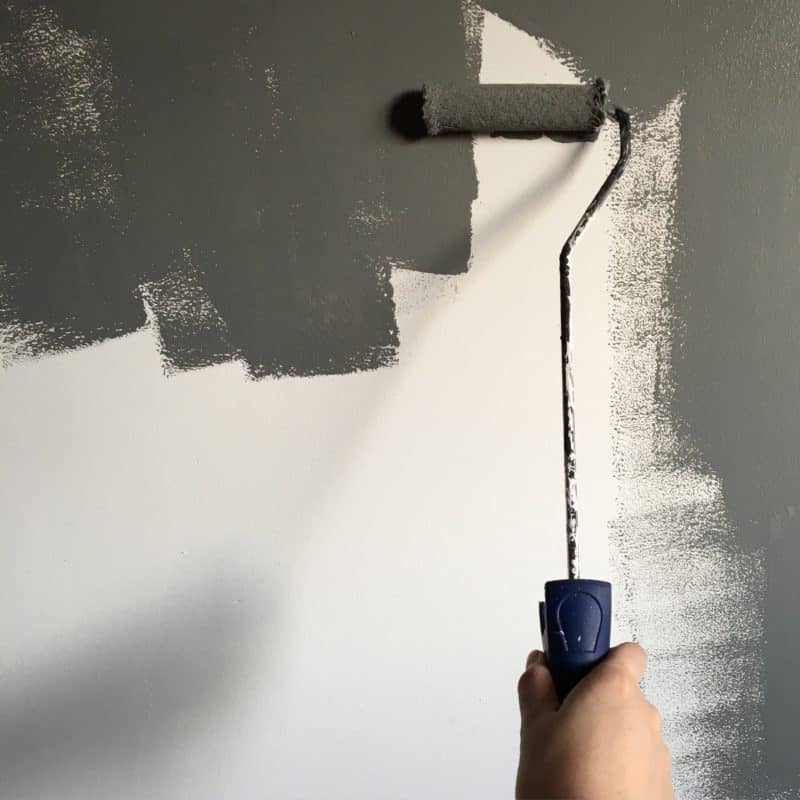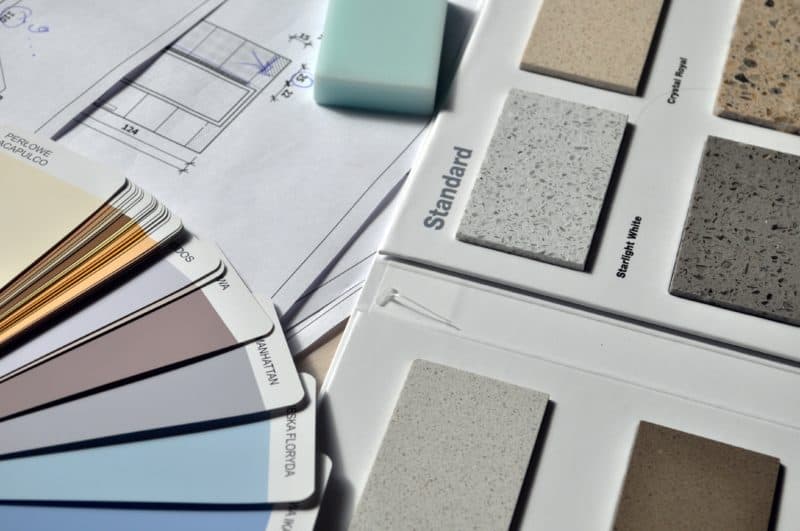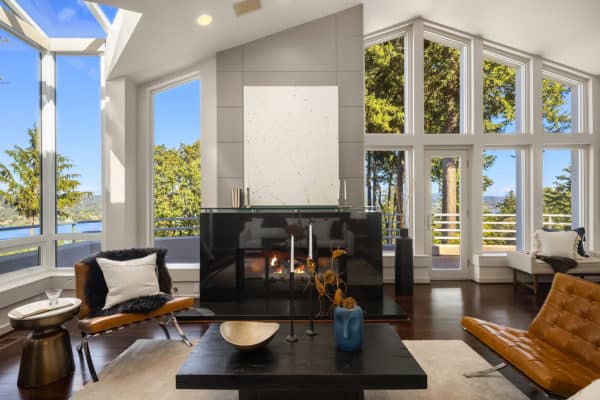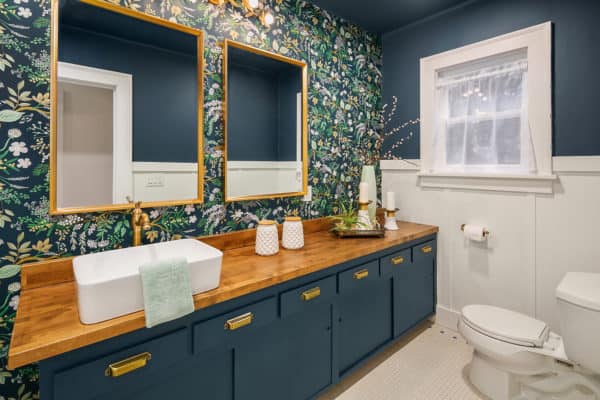Planning an extensive home renovation to jazz up your home? Unplanned expenses add up quickly and final costs can grow quite steep. Home advisor found that in 2019, “home renovations and remodels average $46,251 with most homes falling between $18,441 and $75,542”. That price tag isn’t always an option for the everyday household to fund with cash. Here are some of the easiest and most cost-effective methods to help you finance your home renovation goals.
Get an FHA 203(k) loan
This government-backed loan is offered by the Federal Housing Administration (FHA), and according to WKYC’s guide on home renovation loans, these funds can be used for minor changes (that cost at least $5,000) or more dramatic reconstructions (as long as the original foundation remains the same). One benefit of this option is that it provides good interest rates for those with relatively low credit scores. But, in order to qualify your “property must meet government energy efficiency and structural standards”. You also have to use a qualified 203(k) consultant. Lastly, you can’t use this loan on a property that you intend to resell within 90 days.
Invest your money in a certificate of deposit
It’s always best to save up until you’ve got enough cash to finance your renovation yourself, but you can also invest your savings to help it grow just a little bit faster. Unlike a traditional savings account, a certificate of deposit (CD) enables you to earn at a higher interest rate and has a fixed maturity date. However, you typically can’t withdraw your funds before that date without paying a penalty. A guide to CD ladders on Marcus suggests spreading your savings across multiple CDs so you don’t tie up all your money in one CD. Because “part of your money becomes accessible each time one of your CDs mature,” ladders offer you more flexibility and “you’re able to take advantage of rates on longer-term CDs, which are typically higher.” Through these ladders, you’ll be able to fund your home renovation without any additional work.
Obtain a personal loan
Another good option to secure funding for your dream home is to obtain a personal loan. Unlike other borrowing methods, it is an unsecured loan, meaning that you don’t have to put up your home or any other collateral to obtain the loan. Your funds are also made available quite quickly. However, you need to have a good credit score, a decent income, and a positive financial history. According to WKYC, “consumers with excellent credit scores–720 or higher–get the best interest rates, averaging well below 10 percent APR. Those with good or average credit scores, between 630 and 719, can generally expect to pay higher interest rates.”
Consider a home equity line of credit (HELOC)
A home equity line of credit (HELOC) enables you to obtain a credit line that is usually up to 80 percent of your home’s value, minus the total amount of your home loan. The good news is that interest rates are lower on HELOCs compared to unsecured personal loans. NerdWallet’s guide to home improvement loans states that: “HELOCs come with a draw period and repayment period. During the draw period, which often lasts about 10 years, you can spend the money in your credit line. During the repayment period, which typically lasts around 15 years, your monthly payments would probably be higher because they’d include more principal.”
Before you attempt to secure a loan or pay for your home renovation, it helps to have a clear idea of your total project costs to help you identify the best option that’s right for you. If you’re thinking of scaling down your ambitious renovation, consider reading ‘Small Home Solutions: 6 Tips on How You Can Maximize Your Tiny Haven’ for cost-effective alternatives.
Article Exclusive for Seattlestagedtosell.com
Written By Regina Janes – Edited by Ashley Pasquale
Feel free to share this post:





